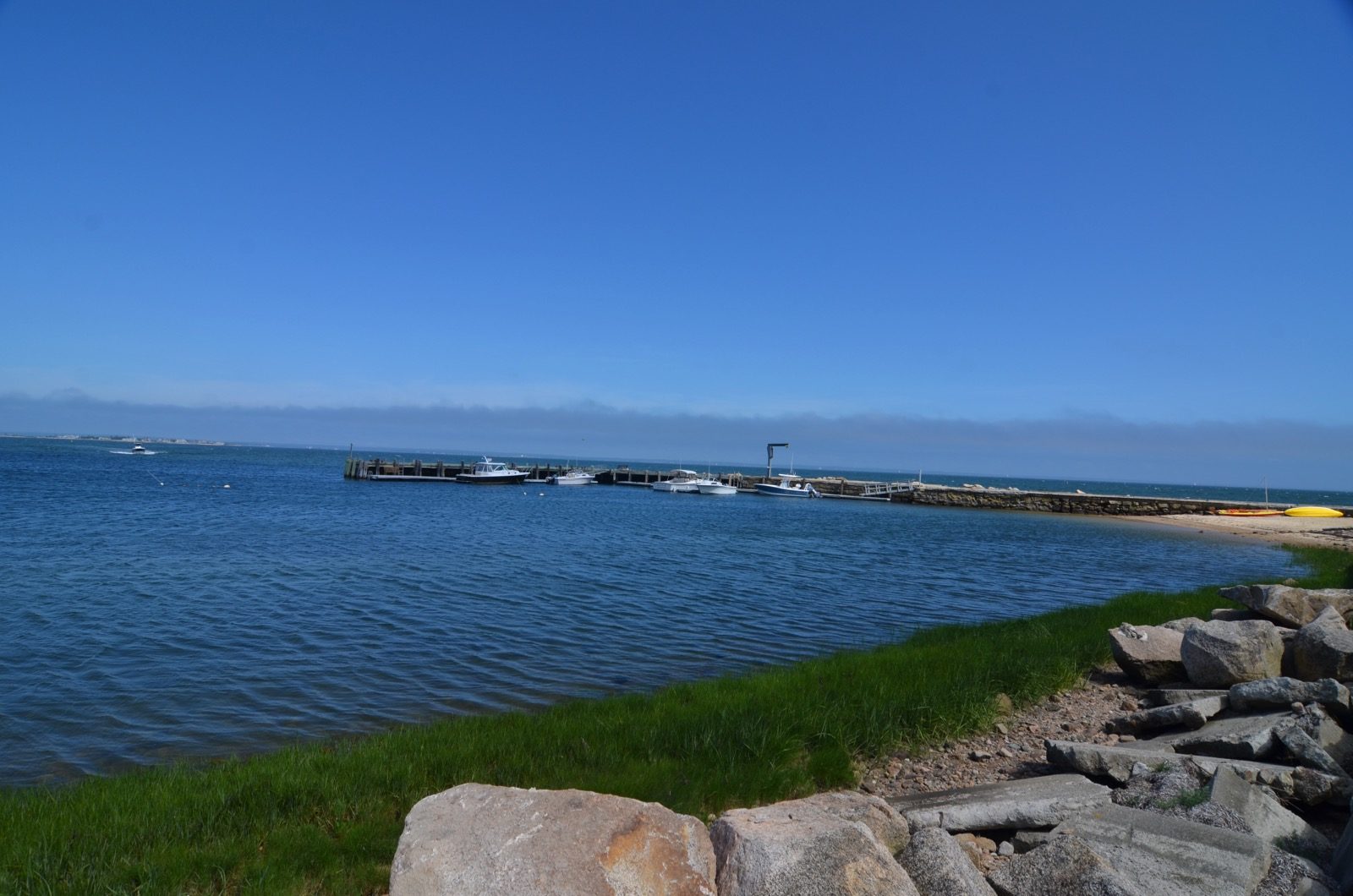History of Marion
*Marion dates back to 3000 B.C. occupied by area Indians who were members of the Wampanoag tribe. Around 1678, some 29 families were sent to settle the area of what is now Marion, and was then Sippican. As the years passed, that tiny settlement expanded to include what are today Marion, Mattapoisett and Rochester. However, the three villages remained part of Rochester until Marion and Mattapoisett broke away in the 1800s.The years from 1815 to 1890 were years of change for Marion. At the beginning of this period, Marion was a small but thriving seacoast town. Its chief product was seamen who sailed on whaling ships, coastal schooners, and Liverpool packets.
While Mattapoisett was a major shipbuilding town, Marion tended more toward whaling and producing captains than making money from shipbuilding. At one point, 87 sea captains lived in Marion. Marion boys went to sea at the age of 16 and worked their way up through the ranks to become mates and captains, some of whom became very wealthy. The whaling industry went into decline beginning in 1859 thanks to the discovery of oil in Pennsylvania. Shipbuilding in this area died off as well. Americans turned their backs on the sea to develop the West and build other, great industries. During these years of decline after the Civil War, the town was run by a small group of stubborn old sea captains who did not believe in education and change. It took the will and generosity of a formidable lady – Elizabeth Pitcher Taber – to revive the town of Marion. In 1876, at the age of 85, she established Tabor Academy, a now well know coed preparatory school.
The railroad also brought changes to Marion and indeed, the rest of the United States. After the Civil War, the trains to Marion began bringing more and more people from Boston and New York who wanted to spend a vacation at the seashore, away from the heat of the city summer. Wealthy families from as far away as Chicago heard about Marion and arrived with steamer trunks, valises, hat boxes and carry-alls. They built big and beautiful summer homes, many of which are still standing, and still lived in by the original families. It was during this time that the original Converse Estate was built. Today Marion is come to over 5,000 year round residents and perhaps twice that number in the summer.
History of the Converse Point

The roads and many of the structures on Converse Point were originally built by Harry E. Converse at the turn of the century. The main house built by him at the end of Converse Point was a summer house and had 32 bedrooms. It burned in 1920’s reportedly at the hands of an annoyed bootlegger. The Moorings was built at the same time as many of the mansions of Newport, RI and the dock at the end of the point was built to accommodate several luxurious yachts that he had built over the years including the 218′ steam yacht Penelope which was taken by the government during the Spanish American War and used as a battleship tender and the Parthenia a 131′ Herreshoff Steam Yacht which was also taken by the government and used for submarine patrols during WW II. Various ancillary structures that he built survive today including the original dock, garage/barn, the main house contained in this offering and the old firehouse which is now a residence. Although his original home is no longer in existence, the lot at the end of the Point is still owned by a descendant and that home was replaced by a far more practical structure containing 9 bedrooms in 1924.
Converse Point retains much of its original charm with a private road well suited to leisurely walks and children riding bikes. The village of Marion is just two miles away and the ocean is never more than a few hundred feet away.
